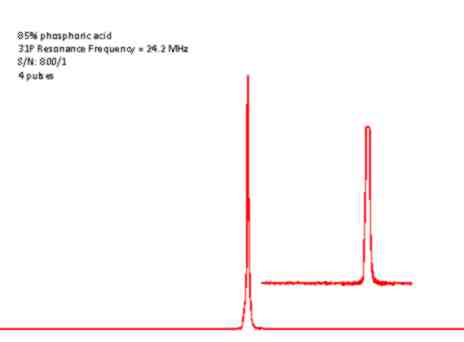Talk 1 by John Edwards
Mutivariate Analysis of 1H and 13C NMR Data of Residual Catalytic Cracker Feed-Streams: NMR Pre-Processing Strategies that Allow the Development of Predictive Models of Physical and Chemical Properties that are Independent of NMR Instrument Magnetic Field Strength
John C. Edwards*# and Jincheol Kim†
*Process NMR Associates, LLC, 87A Sand Pit Rd, Danbury, CT 06810 USA
† SK Innovation Co., Ltd, SK Innovation Technology Center, 140-1, Wonchon-dong, Yuseong-gu, Daejeon 305-712, Korea
# Speaker
Historically refinery control engineers are familiar with GC derived chemical properties such as aromatics, benzene, PONA, olefins in wt% or vol%, as well as physical properties such as distillation, viscosity, conradson carbon, sulfur, density, etc. We have developed generally applicable multivariate regression methods that allow many of these familiar chemical and physical properties to be derived from quantitative 1H or 13C NMR data. We have also developed magnetic field independent data manipulation methods that allow 1H or 13C NMR derived parameters to be utilized as the X matrix “spectral” data rather than the spectra themselves. This allows field independent models to be developed as these parameters are calculated from the spectrum and are the same regardless of the magnetic field strength at which the NMR data was collected. This has implications with respect to calibration transfer between laboratories and analyzers. In this work we describe the application of these methods to feed-streams to a residual catalytic cracker (RCC), which represents the core gasoline and diesel production facility in many refineries.
Talk 2 by Paul Giammatteo
Practical Applications of Compact High-Resolution 60 MHz Permanent Magnet NMR Systems for Reaction Monitoring and Online Process Control
John Edwards*, Paul Giammatteo*#, Mark Zell†, and David Foley†
* Process NMR Associates, 87A Sand Pit Rd, Danbury, CT, 06810 USA
† Pfizer Global Research and Development, Groton Laboratories, Eastern Point Road, Groton, CT 06340 USA
# Speaker
Process NMR Associates will be exhibiting the Spin Pulse range of TD-NMR spectrometers as well as the Aspect Italia 60 MHz high resolution NMR system – See us at the Cosa-Xentaur booth in the exhibition.
For more details on IFPAC visit http://www.ifpac.com/










